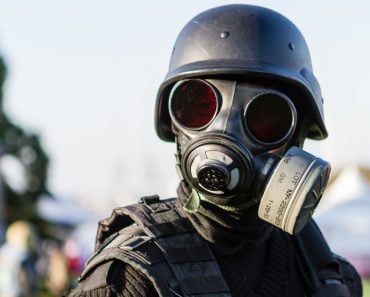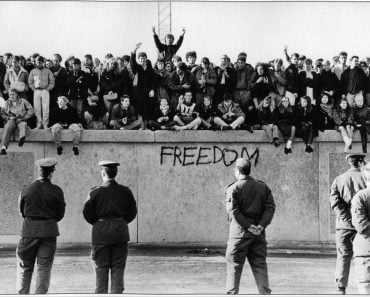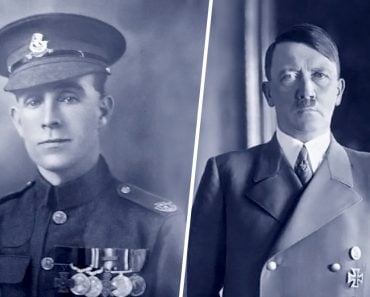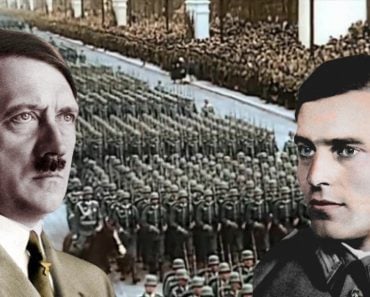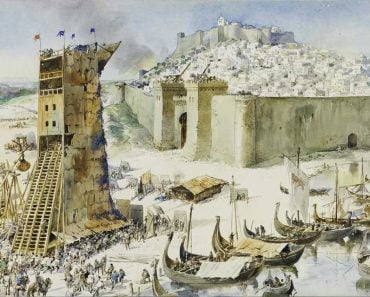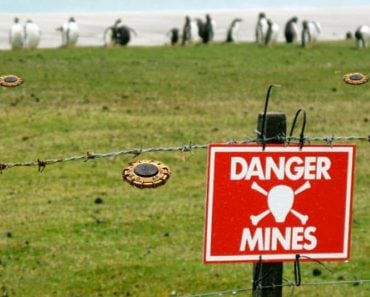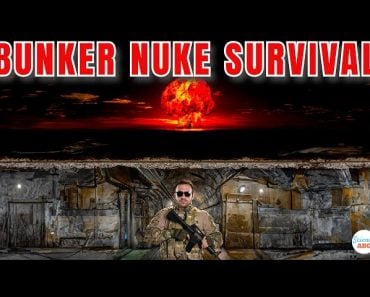Table of Contents (click to expand)
The Russians improvised, employed trench warfare tactics, and were motivated by desperation and patriotism to repel the Germans.
World War I stands as a harrowing chapter in human history, marked by its unprecedented brutality and the emergence of new and devastating methods of warfare. Amidst the chaos and carnage of this global conflict, stories of courage and resilience emerged, providing essential glimpses of the indomitable human spirit.
Among these tales, the “Attack of the Dead Men” stands as a poignant testament to the unyielding determination of Russian soldiers who, in the face of certain death and brutal pain, mounted a counterattack against the superior German forces.
Taking place on August 6th, 1915, during the Battle of Osowiec Fortress, this event reminds those who know the story of the insurmountable odds that adversity often drives us to conquer.
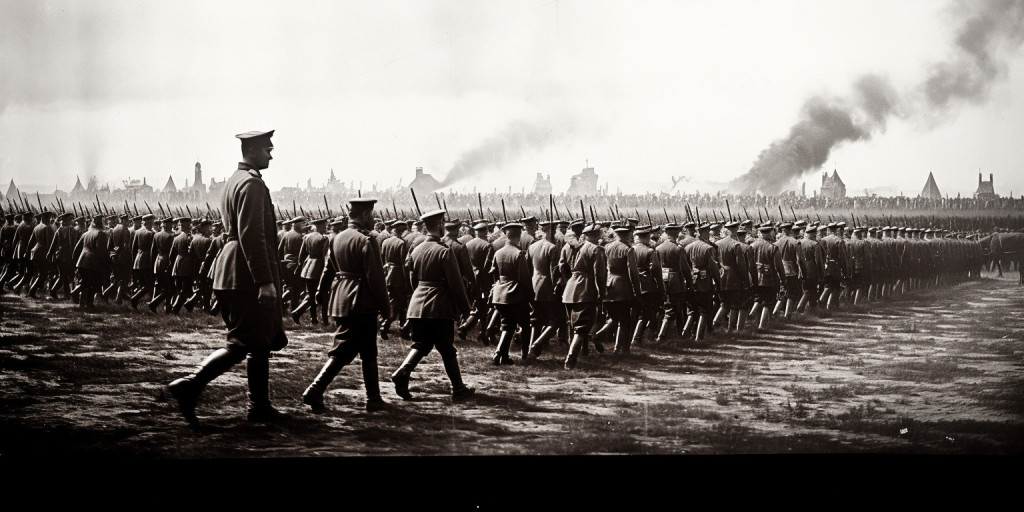
Recommended Video for you:
The Battle Of Osowiec Fortress
The Battle of Osowiec Fortress served as the backdrop for an extraordinary event where Russian soldiers, condemned to death by gassing, chose to fight back.
Situated near the Polish town of Bialystok, the fortress posed a significant obstacle to German military ambitions in the region. With earlier assaults thwarted by the fortress’s solid defense strategies and fortified structures, the Germans faced the challenge of overcoming an impregnable stronghold to consolidate their power. Traditional artillery bombardment had failed to yield the desired results, prompting the German forces to resort to a sinister tactic – chemical warfare.
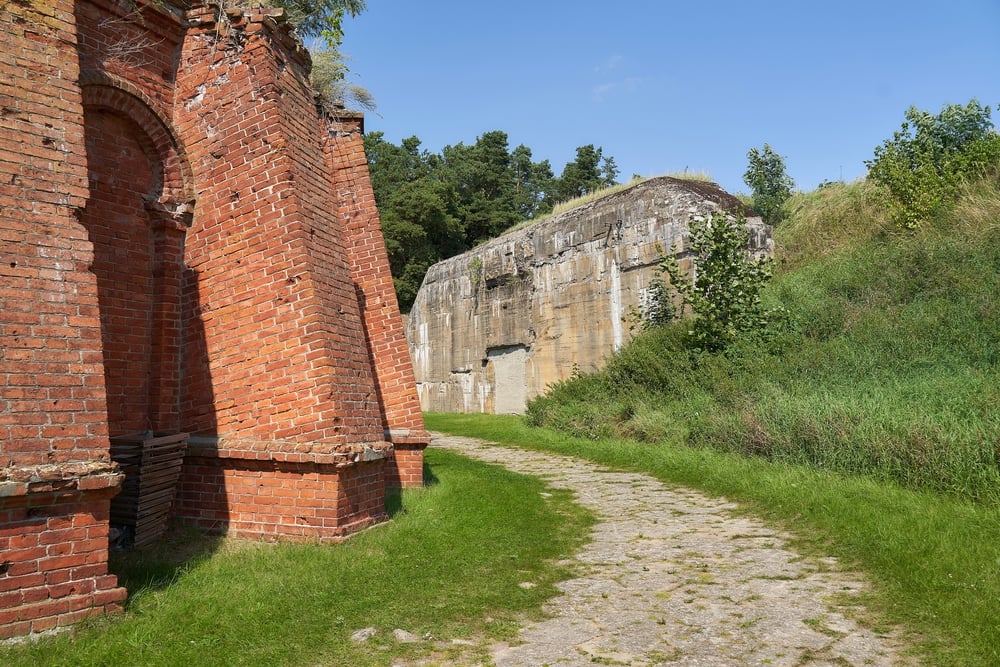
The Attack
In a calculated attempt to breach the defenses of the fortress, the Germans unleashed a deadly cloud of chlorine gas upon Osowiec Fortress.
The effects were immediate and devastating, inflicting widespread death and destruction within the fortress walls. The gas attack was unlike any previous encounter for the Russian defenders, who found themselves ill-equipped to combat its lethal effects. The gas permeated every corner of the fortress, transforming its once-defiant defenders into desperate victims of an invisible and unforgiving enemy.
The Counterattack
Amidst the chaos and horror of chlorine, a remarkable display of human determination unfolded. The Russian soldiers, their gas masks proving largely ineffective, responded through a surge of resistance.
These soldiers, clad in bloodstained rags, gasping for air and coughing up blood (symptoms of the gassing), defended their fortress and homeland to the bitter end.
Several factors allowed the Russian soldiers to rise from the brink of death and mount a counterattack. First and foremost, their psychological resilience played a pivotal role. Fueled by a deep-seated patriotism, an unwavering commitment to their mission, and an understanding of the futility of giving up, these soldiers refused to succumb to despair. Their knowledge of the fortress’s strategic significance and their duty to protect their homeland propelled them to defy the fatal odds stacked against them.

The soldiers’ ability to adapt and improvise under dire circumstances showcased their resourcefulness. Lacking proper gas masks, they employed pieces of clothing soaked in water and even urine to mitigate the effects of the gas.
The nature of trench warfare, which characterized much of World War I, also contributed to the soldiers’ resilience. Accustomed to fighting from well-fortified trenches, they possessed a level of expertise in utilizing defensive positions to their advantage. The fortifications provided some measure of protection against the gas attack, allowing them to endure its initial onslaught.
Attack Of The Dead Men
The climax of this remarkable tale came in the form of the “Attack of the Dead Men.” Despite their compromised physical state, the Russian soldiers launched a counterattack. Draped in blood-soaked cloths and exhibiting the appearance of doomed spectral figures, causing history to dub them “zombies”, these “dead men” charged towards the German forces and fired their weapons.
The German forces, caught off guard by the unexpected assault and horrified by the sight of the “dead men,” were driven into a panic. The panic rippled through their ranks, resulting in disarray and chaos. The effectiveness of the counterattack actually halted the German advance, allowing the Russian defenders to regain control of the fortress.
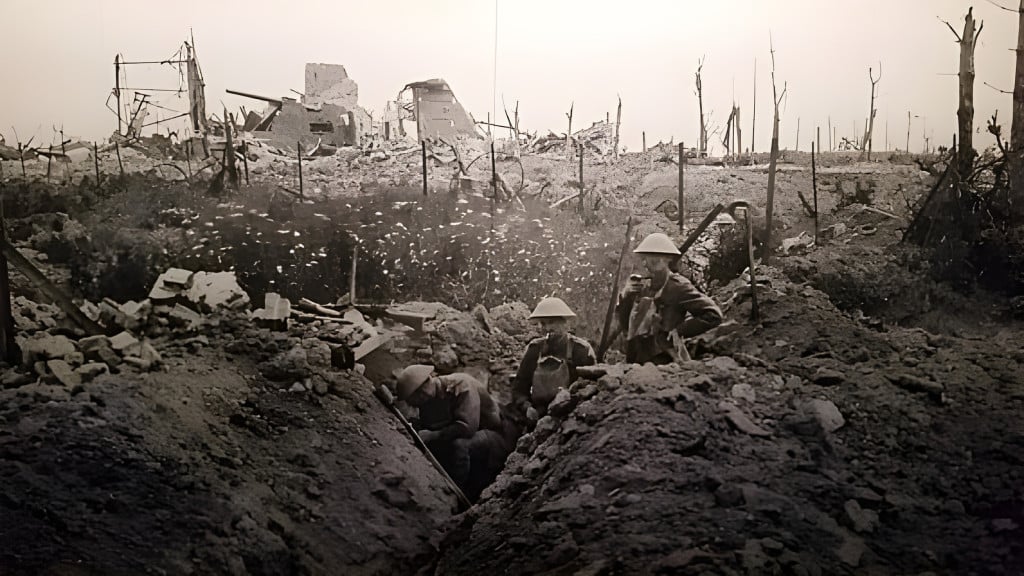
The Aftermath
The aftermath of the “Attack of the Dead Men” had profound implications for the course of the war and the fate of Osowiec Fortress. The attack did not lead to the permanent retention of the fortress by the Russians. The German forces eventually captured Osowiec Fortress, but only after significant struggles and at a considerable cost.
The Russian defenders managed to repel the German forces and maintain control of the fortress for a brief period. However, the broader military campaigns in the region played a significant role in shaping the eventual fate of Osowiec Fortress. The battlefront was characterized by constant movement, as both sides sought to gain tactical advantages and push their opponents back.
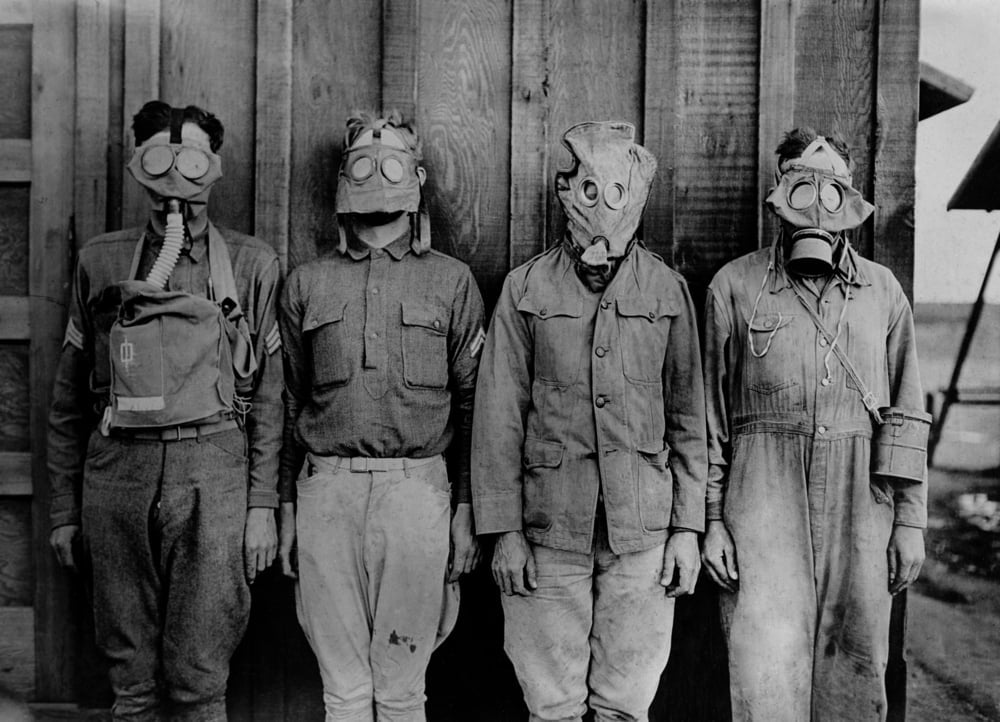
In the subsequent months and years, the battle lines shifted. The German forces launched further offensives and assaults, eventually breaking through the Russian defenses. The fortress was subjected to relentless bombardments, and the defenders faced significant challenges in maintaining their position. By September 1915, the German forces succeeded in capturing Osowiec Fortress, but what remained was a heavily diminished version of the original, the Russians having significantly demolished the fortress.
Conclusion
The legacy of the “Attack of the Dead Men” endures as a testament to courage, resilience, and the triumph of the human spirit in the face of adversity. This haunting event serves as a stark reminder of the horrors of chemical warfare and the lengths to which loyal soldiers will go to protect their homeland. The sacrifices made by the Russian defenders underline their unshakable commitment to their duty and homeland, inspiring admiration and respect across the generations.
Their actions echo through the corridors of time, urging us to draw strength from their example and to stand firm, even in the face of impossible odds.
References (click to expand)
- Luba, I., & Wawer, E. P. (2020, July 27). The Horror of the Trenches and the “New Perfection”: Władysław Strzemiński and the Great War. War and Art. Brill | Schöningh.
- Buttar P. (2015). Germany Ascendant: The Eastern Front 1915. Bloomsbury Publishing
- The “An assault of the dead. The legend of the Osowiec ....
- AА Cherkasov. Dead Men Attack» (Osovets, 1915): Archive Sources ....


